The history of plastic production usually starts with the discovery of parkesine by Alexander Parkes in Birmingham. It was made from cellulose nitrate and camphor. A variation of this material, known as celluloid, was initially intended as a substitute for ivory. However, the true origin of the plastics industry began with the production of entirely synthetic polymers, the first of which was the thermoset bakelite, a phenol formaldehyde resin. Synthetic polymers can be classified into plastics and rubbers. Among plastics, there is a difference between thermosets and thermoplastics. Thermoplastics can melt, while thermosets consist of polymeric chains linked together by crosslinking, similar to vulcanized rubbers.
Leo Bakeland created the first synthetic polymer, a phenolic resin
BASF chemists produced the first thermoplastic polymer to replace cast zinc objects
Known since the XIXth century, two patents issued in 1933 allowed the commercial production of PVC as water resistant coating for fabrics
Synthesized at ICI it was used for the isolation of electrical wires and kept in secrecy due to the IIWW
After a decade of researh Du Pont got a bit market success with this polyamide
First discovered by W.H. Carothers, chemists from ICI marketed the polyester fibre Terylene
Since the onset of industrial plastic production, especially after its massive commercialization in the 1960s, approximately ten billion tons of plastic have been produced. The presence of plastic in wildlife and various natural environments was discovered early on. However, scientists' warnings began with the repeated discovery of very small fragments known as microplastics (an acronym for microscopic plastics). These were first found in the oceans and later in the most diverse environments. The term "microplastic" currently refers to plastic particles whose largest dimension is between one-thousandth of a millimeter and five millimeters. Even smaller plastics are referred to as nanoplastics.
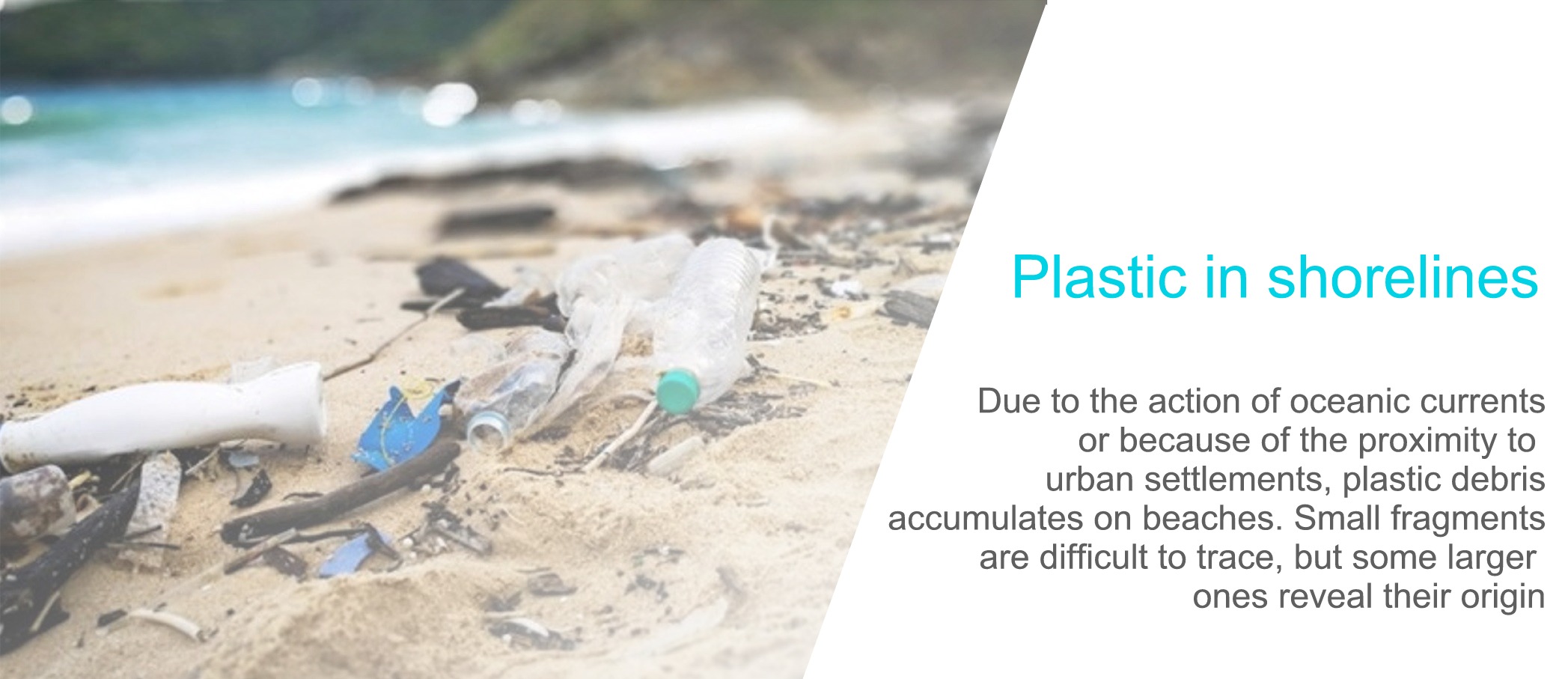
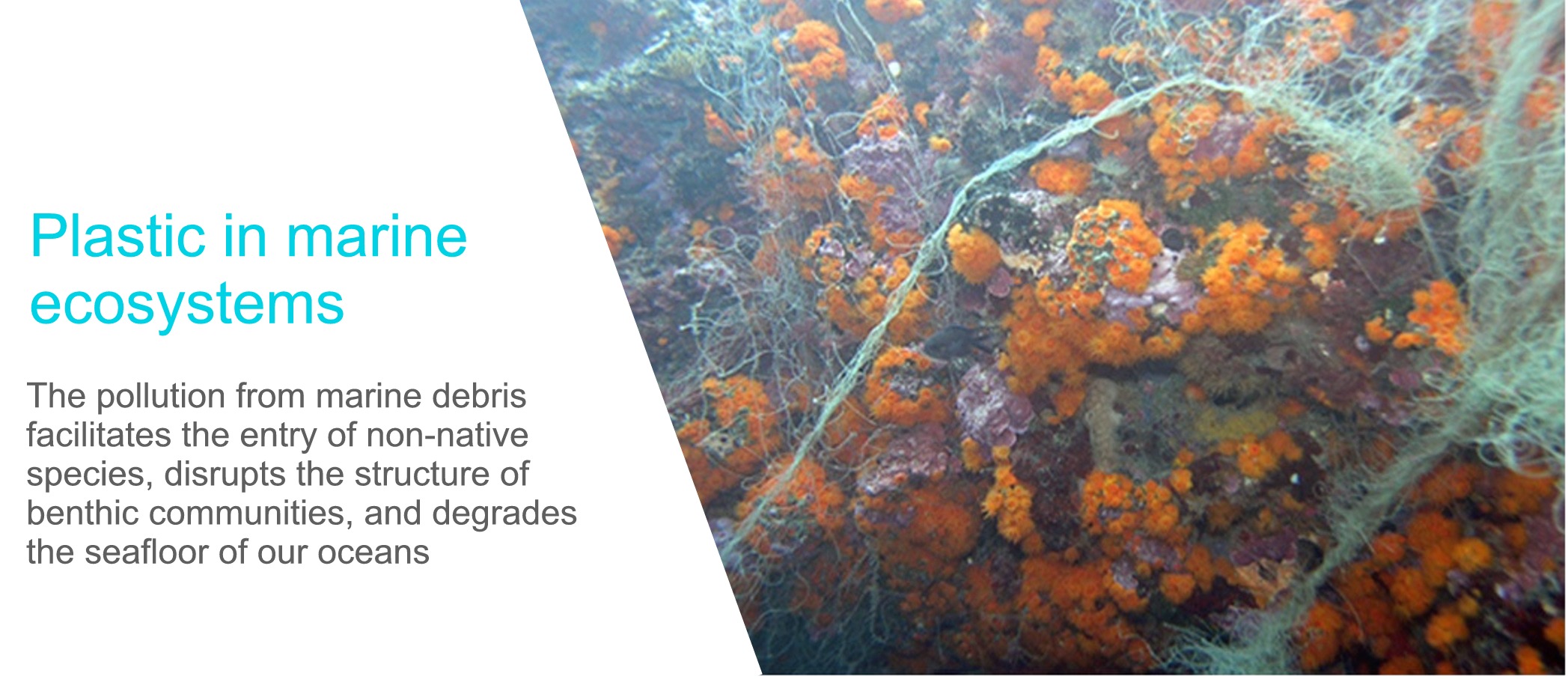
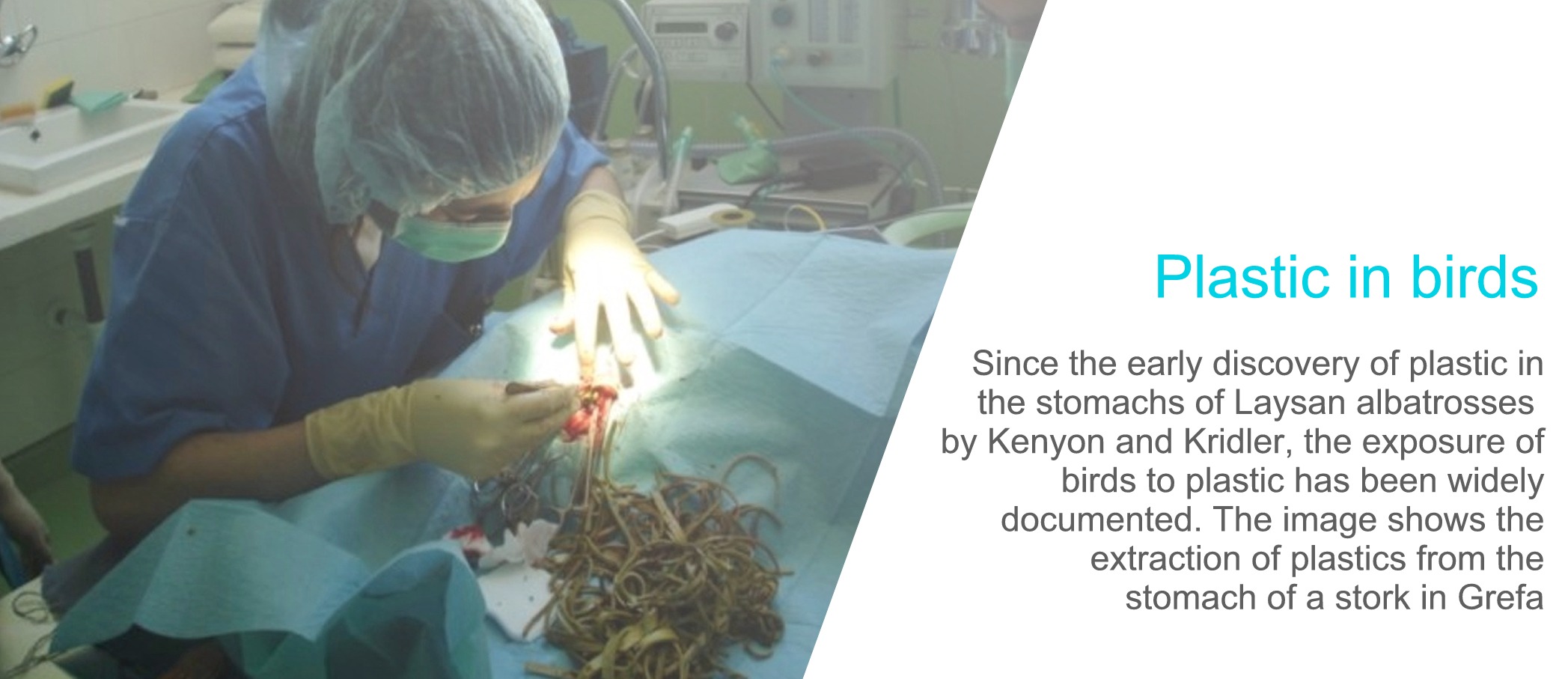
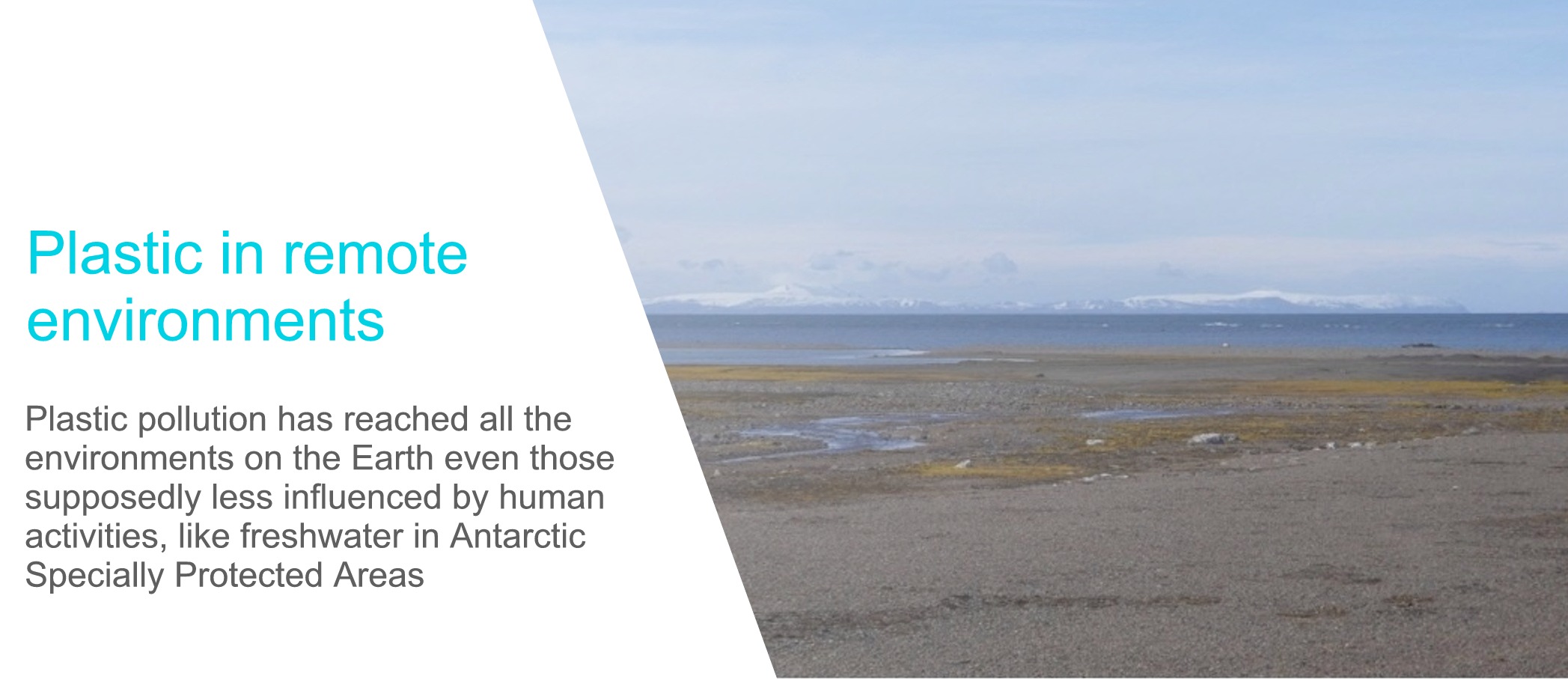

EnviroPlaNet started activities in 2020 as a Thematic Research Network specialized in plastic pollution, funded by the Ministry of Science and Innovation of Spain. Since then, the network has grown to bring together more research groups from diverse disciplines, as well as associations and NGOs working on different aspects related to pollution by plastic materials. The objective of the network is to improve coordination between groups and to offer opportunities for cooperation in aspects like the exchange of experiences, access to research resources, or participation in dissemination activities.
Groups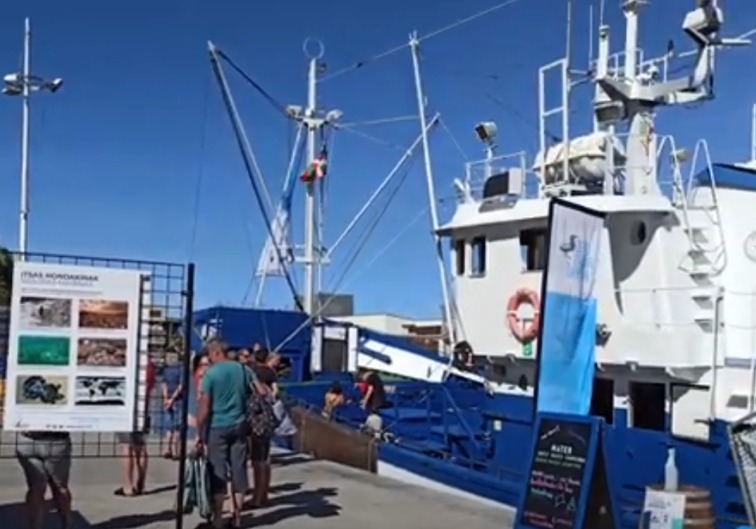
The results of the ZERO ZABOR URETAN campaign, a citizen science initiative that has traveled along the Basque coast aboard the MATER ship, are presented."

Results on the atmospheric deposition of microplastics have been published in the journal 'Science of the Total Environment' by ten research groups from the EnviroPlaNet Network

A research performed by several groups from EnviroPlaNet network has studied the presence of microplastics in drinking water from different Spanish cities. The work has been published in the journal Water Research

FOTOPLASTIC has been created by ASOCELPA to raise awareness about the impact of marine litter on the environment, and it is exhibited at the Faculty of Marine Sciences of the University of Las Palmas de Gran Canaria

A study performed by the Group of Applied Analytical Chemisty of the University of La Laguna demonstrated the occurrence of microplastics and other non-natural fibres in the snow of Teide National Pare